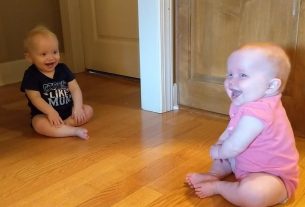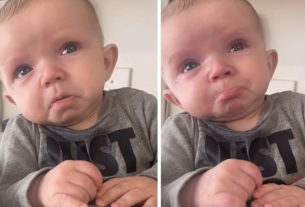In July 2016, twins were born, such an event was supposed to bring great joy to parents, but the joy was replaced by a feeling of anxiety.
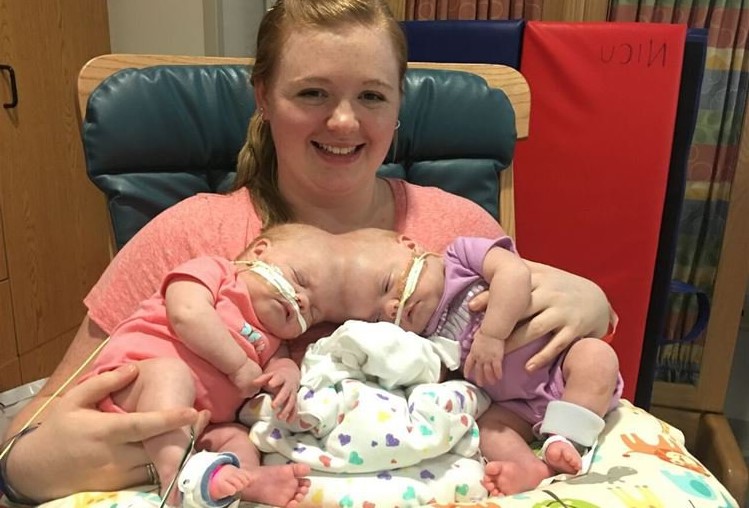
The babies were born 10 weeks ahead of schedule, each of them weighed 900 grams. But the worst thing was that they had a fused brain and the doctors did not give any predictions.
But the parents themselves did not think to give up, they pulled themselves together and decided to do everything for their daughters, to use the most scanty chances, just to help them.
When Erin and Abby were 11 months old, the doctors decided on a complicated operation, but they did not give any guarantees, there was a very high risk of death of one of the sisters.
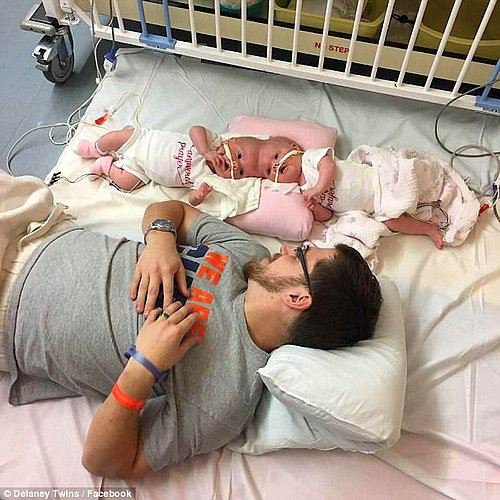
The operation lasted 11 hours, the babies were separated and fortunately both survived. At the moment, the girls are almost 4 years old. They feel good.
«I admire our babies. They are so wonderful and they are real heroes. They had to go through such difficult trials, but they survived everything,» says the girls’ mother Heather Delaney.
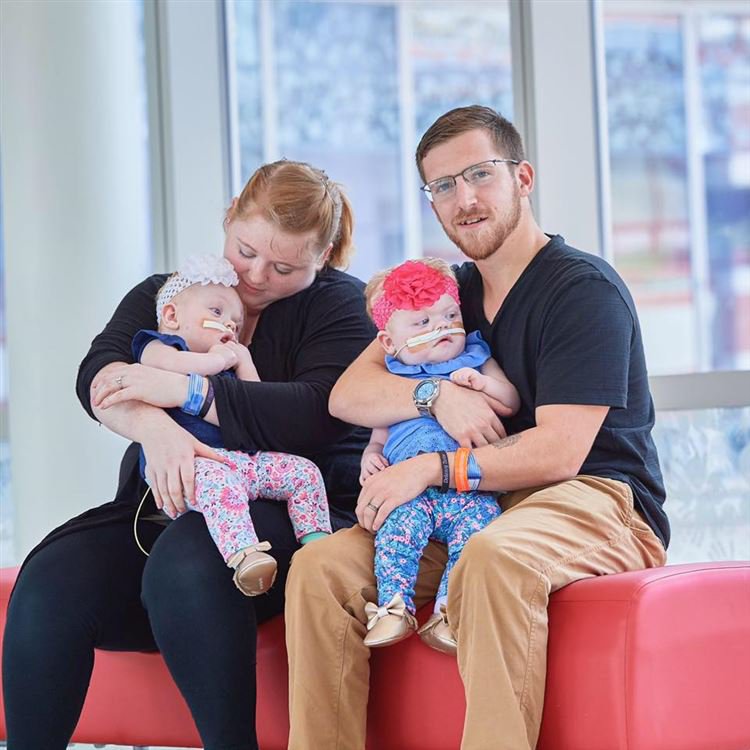
The doctors were satisfied with the operation, they regularly monitor how the girls grow and develop, and this gives them hope for the same successful operations in the future.
By the way, this operation was the first in the history of medicine when Siamese twins were separated at such an early age.
Due to the fact that Erin’s skull was not so badly damaged, she was able to recover faster than Abby, who still had a risk of hemorrhage and infection for some time.
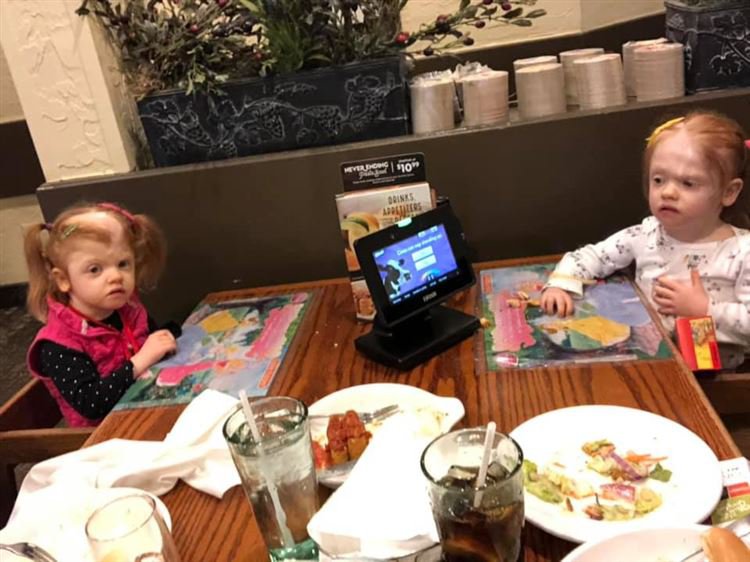
Before the operation, doctors warned parents that there were many risks. The entire separation process was supervised by Dr. Gregory Hoyer. To stretch the skin on the babies’ heads, doctors placed special balls in their cranial boxes.
«I can admit that we were scared ourselves. But we tried to turn off these emotions and operate on the children, no matter what,» Dr. Hoyer shared.
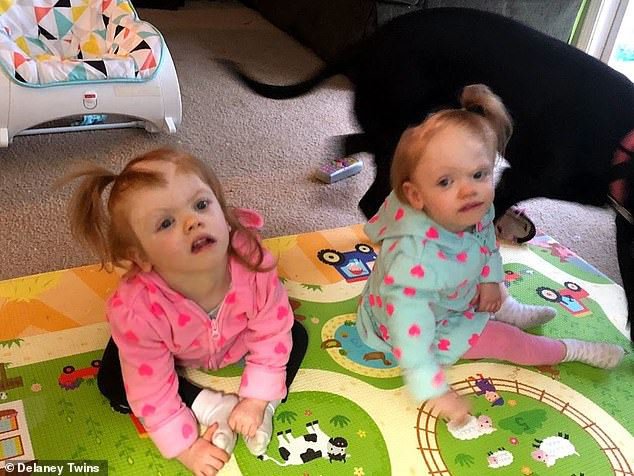
Of course, other operations are waiting for the sisters in the coming years — they will have to reconstruct their cranial boxes and insert the missing bones.
